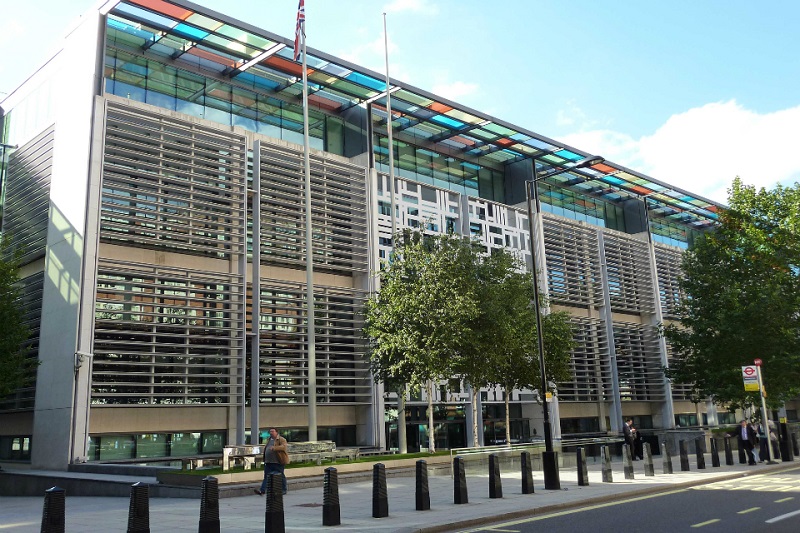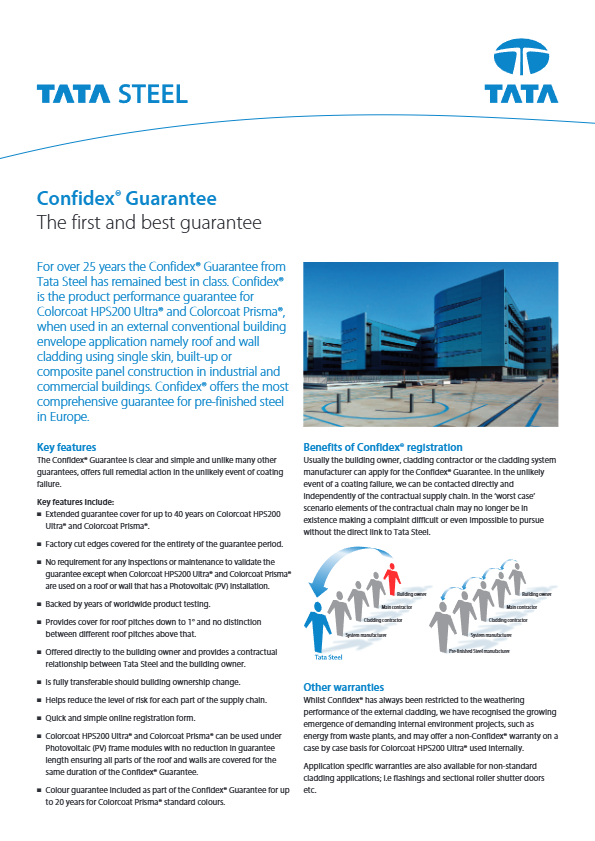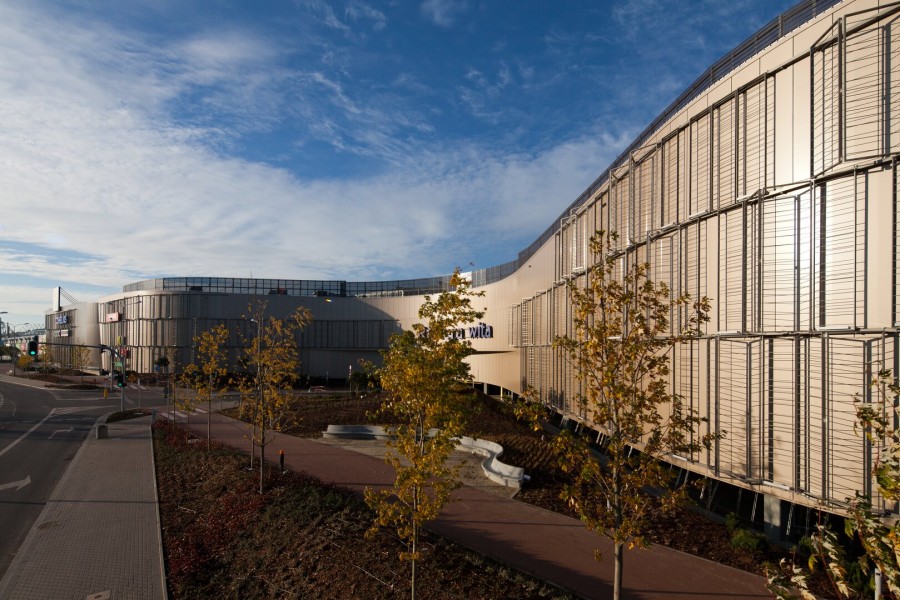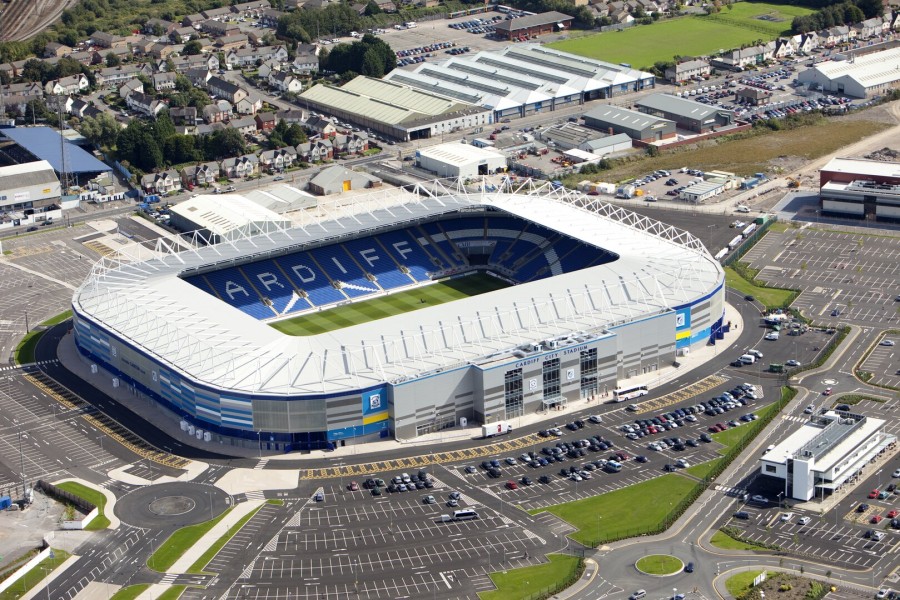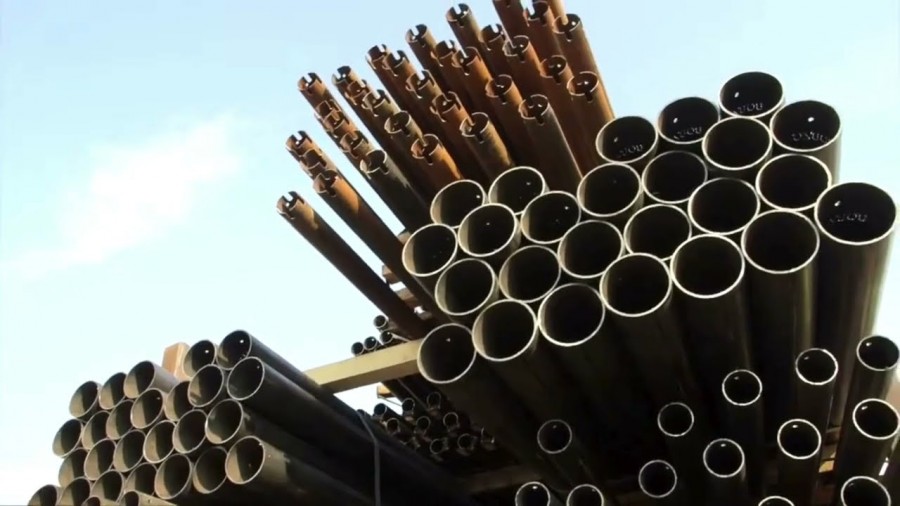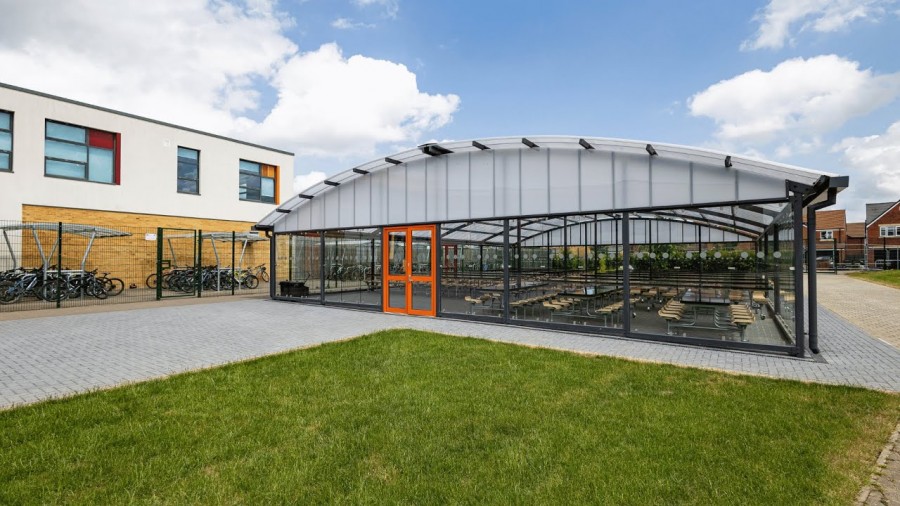By Tony Jones,
Principal Structural Engineer at The Concrete Centre
Stripping combustible cladding from high-rise buildings is a visible commitment to change by the government and the construction industry. However, the recently announced ban is only the first step towards creating safer building regulations. Hackitt’s legacy should extend to the scrutiny of all safety-critical elements, particularly structural components, where the consequences of failure due to fire damage could be catastrophic.
According to the current Building Regulation B3(1), a building’s structural stability must last for a ‘reasonable period’ in a fire. This guidance is surprisingly ambiguous for a critical consideration, with the definition of ‘reasonable’ subject to several factors. Within a building, this could mean considering differing evacuation policies or specific uses, like hospitals or care homes, where vulnerable occupants need more time to escape. However, we must also think about the potential impact of structural failure on a building’s neighbours.
Building Regulation 8 suggests this with a reference to securing safety for ‘persons in or about’ a building, but more explicit guidance is needed on designing to protect neighbouring people and properties. As it stands, there is no difference in Approved Document B structural fire resistance requirements whether a building is isolated or urban, despite the heightened implications of a collapse in a built-up environment.
This is inconsistent with the approach taken during construction when the Regulatory Reform (Fire Safety) Order applies instead of Building Regulations. This was highlighted in the recent successful prosecution of a Principle Designer for not adequately considering the fire risk from a timber extension to a care home, even though no fire occurred.
Linking structural resilience to a building’s planned context would mean significantly increasing requirements where ‘low-risk’ buildings sit within a dense urban landscape. The Liverpool Echo Arena car park fire, on New Year’s Eve last year, helps us to see the gap between regulation and reality.
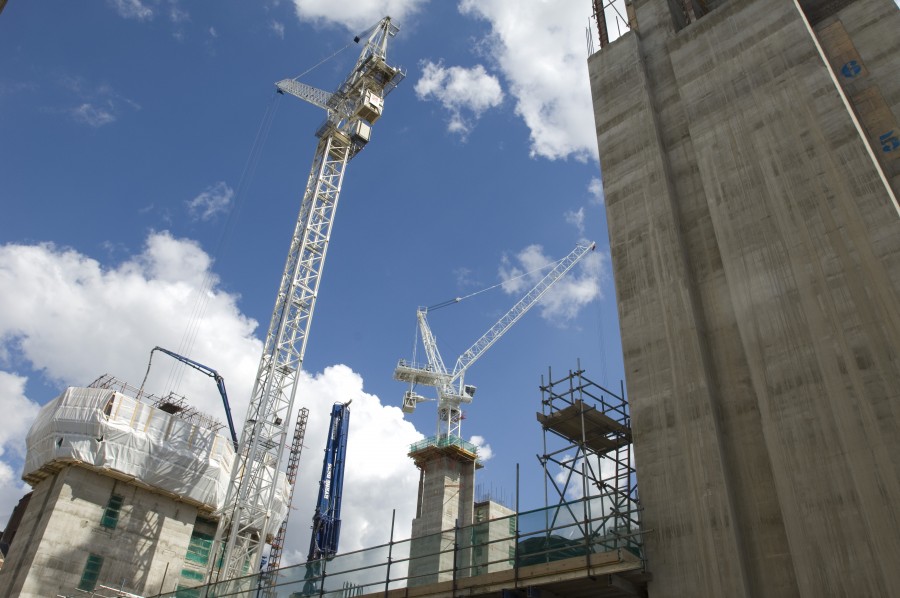
An open-sided car park like the Echo Arena’s is currently required to have a fire resistance of only 15 minutes, or 30 minutes for escape elements. The fire burned at approximately 1100º, significantly hotter than an average fire, for over two hours – less than 10m away from surrounding apartments.
Fortunately, in this instance the car park survived complete burn-out with only local incidences of partial slab collapse, largely due to its concrete structure providing fire resistance substantially above the minimum requirements. While 30 minutes may have proved ‘reasonable’ for an evacuation, it would not have been enough to protect surrounding people – including emergency services operatives – and properties had the car park collapsed.
Our responsibility to design and construct safe buildings extends beyond the occupiers. Fulfilling this obligation means explicitly considering a building’s context, and the potential implications of burn-out and collapse, as part of design criteria.
Ensuring that architects and engineers have a clear picture of a building’s structural fire performance to inform specification decisions is key. Currently, structural fire testing regimes do not take into account the contribution of combustible structural elements, despite some, like timber framing, having the potential to feed a fire and impact its growth.
Designers, and indeed the regulations, should better consider the consequences of structural collapse during fire and where necessary design for burn out of the fire. Where the structure itself forms part of the fire load, this must be taken into account to give a holistic view of a building’s fire performance.
Grenfell has taught the industry a powerful lesson about the dangers of complacency. While we hope it will never happen, incorporating stronger safeguards against collapse will help us to establish a safer set of regulations that protect both a building’s occupants and its neighbours.







